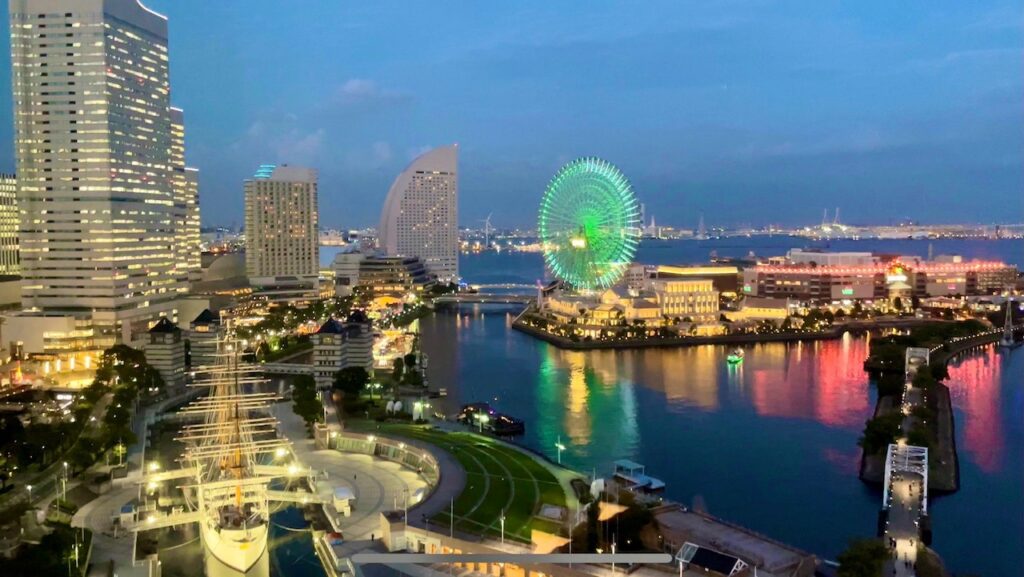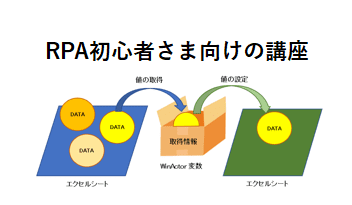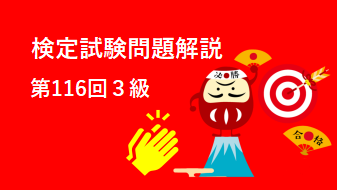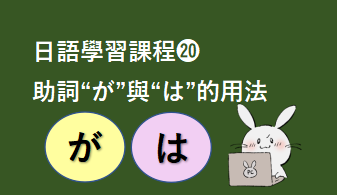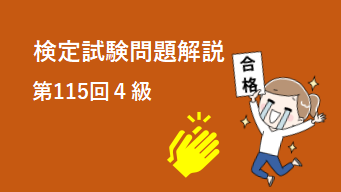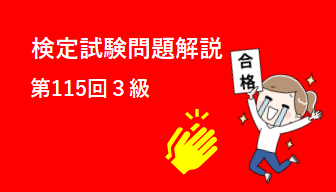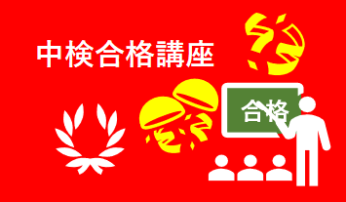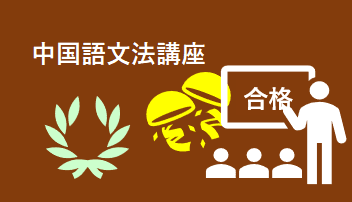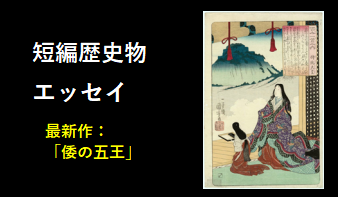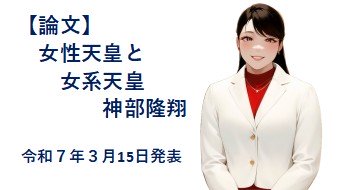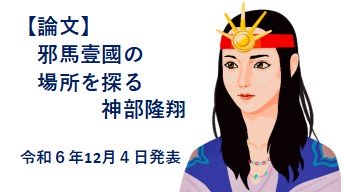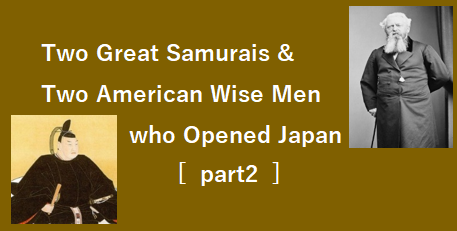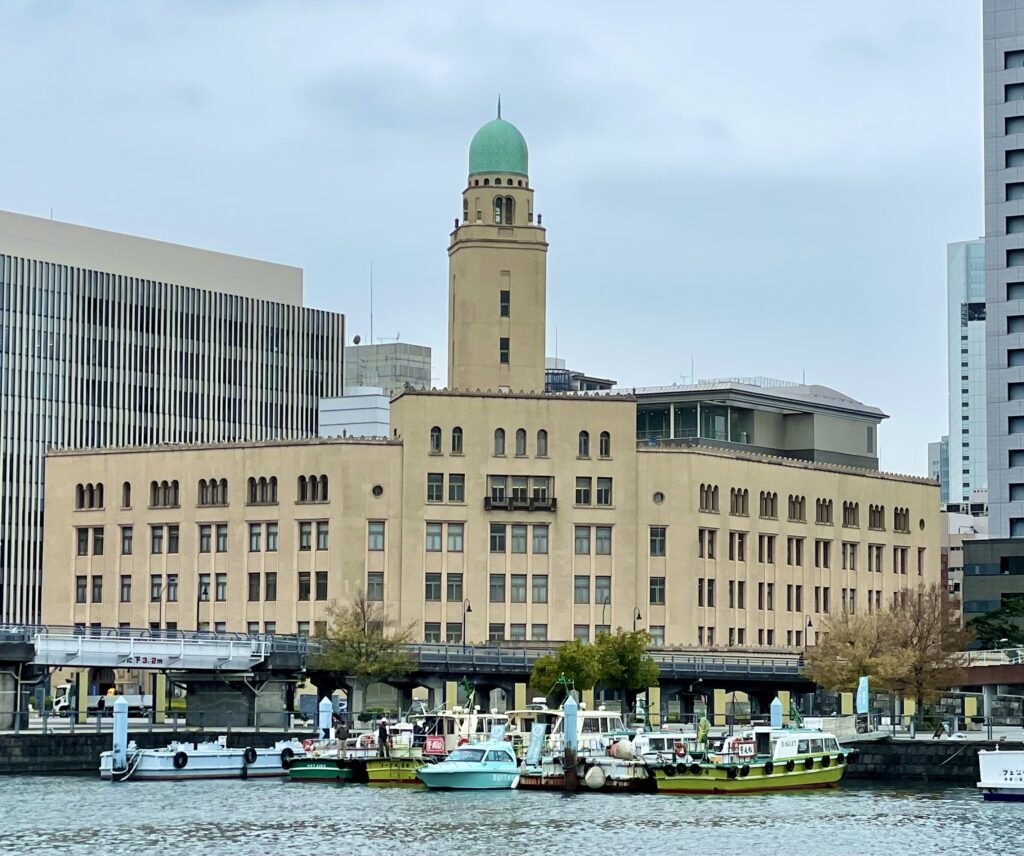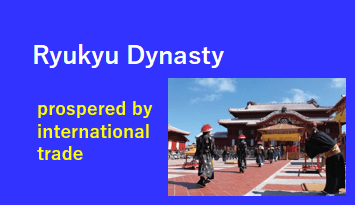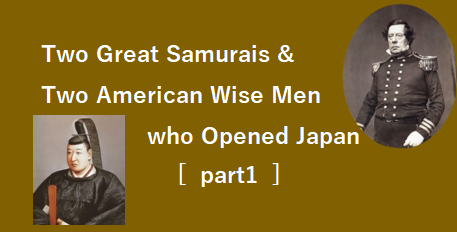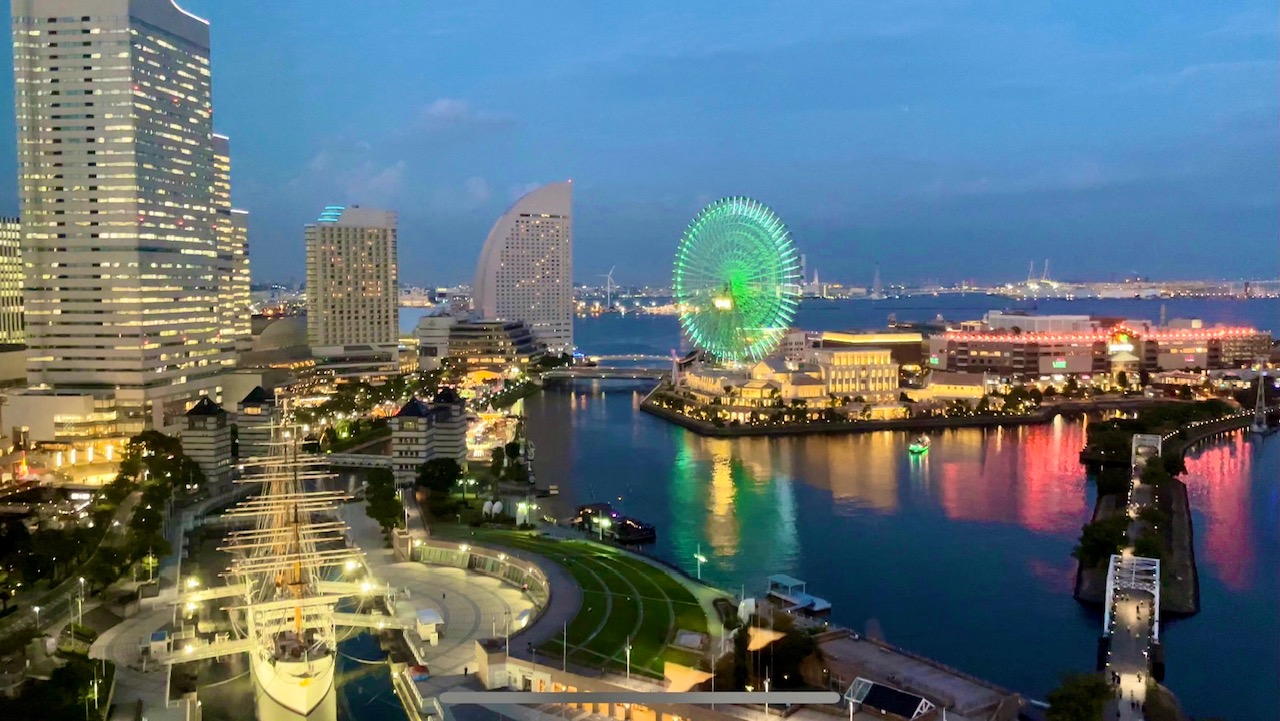Click here for Japanese version
5. Inauguration of Consul General Harris and Courtesy visit to the Shogun
Inauguration of Consul General Harris
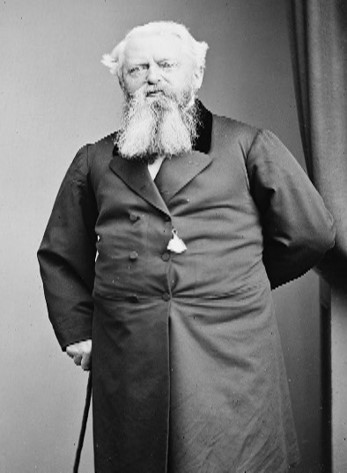
Source: The free encyclopedia "Wikipedia"
From the Townsend-Harris portrait
Based on the conclusion of the Japan-U.S. Treaty of Peace and Amity, Townsend Harris (1804-1878) visited Japan as the U.S. Consul General in Shimoda on August 21st, 1856. At that time, Harris was fifty-one years old.
Harris was engaged in trading business mainly in Asia, including China, but two years before coming to Shimoda, he sold his experience and knowledge to the U.S. government and was appointed as a consul in Ningbo, China.
After that, he temporarily returned to the United States, but after hearing about the conclusion of the Japan-U.S. Treaty of Peace and Amity, he hoped to assume the post of Consul General Shimoda in the future, which he did. You can imagine that he was ambitious and eloquent
When Harris first arrived in Shimoda, the shogunate refused to allow the consul general to be stationed there. Pushed by Harris' hard-line stance, they agreed to use Gyokusenji Temple as a temporary lodging.
On September 4th, 1856, Harris raised the American flag, and the temple became the U.S. Consulate General in Shimoda. It is the real ability of eloquent Harris.
Courtesy visit to the Shogun
Harris, who has been appointed as Consul General of Shimoda, requests a courtesy visit to the Shogunto at Edo Castle.
On December 7th, 1857, Harris succeeded in meeting with the shogun at Edo Castle. The shogun at that time was the 13th TOKUGAWA Iesada. Harris handed over a national letter to the shogun. This is because he seeks to start free trade between Japan and the United States.
Again, Harris shows his eloquence and asserts the US's point of view. The shogunate created an atmosphere that free trade with the United States was unavoidable. HOTTA Masayoshi, the head of Roju, the Principal Elder of the Shogun’s Council, decided to start treaty negotiations.
About Mr. HOTTA Masayoshi
HOTTA Masayoshi was the 5th lord of the Sakura Domain in Shimousa Province, and was appointed Roju at the age of 31 in 1841. It was when MIZUNO Tadakuni, the head of Roju, was undertaking an initiative called the Tempo Reforms.
After the downfall of MIZUNO Tadakuni, he resigned himself from the position of Roju in 1843, but was reappointed to the position of Roju in 1855 at the request of ABE Masahiro, who appeared in the first part of this essay.
However, due to the sudden death of ABE Masahiro, he himself became the brunt of the negotiations for free trade demanded by Consul General Harris Shimoda. You can see his personality from his appearance, but it seems that the burden was quite heavy.
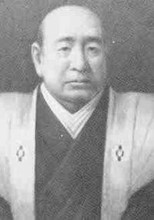
Source: The free encyclopedia "Wikipedia"
from the HOTTA Masayoshi portrait
6. Trade treaty negotiations
Who is IWASE Tadanari
On January 25th, 1858, treaty negotiations began. HOTTA Masayoshi, the head of Roju, put INOUE Kiyonao, "Shimoda Bugyo", the magistrate of Shimoda, and IWASE Tadanari, "Metsuke", the asistant of the Shimoda magistrate, in charge of negotiations.
INOUE Kionao (1809-1867) was selected by Roju ABE Masahiro, and after working as an account examiner, became the Shimoda magistrate. At the end of the Edo period, he played an active role as a diplomat with excellent negotiating skills.
IWASE Tadanari (1818-1861) was also a person discovered by ABE Masahiro, the same as INOUE, the magistrate. He was an active proponent of the opening of the country, and later served as a magistrate of foreign affairs.
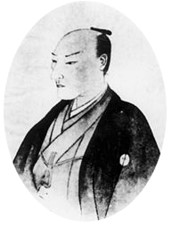
Source: The free encyclopedia "Wikipedia"
from the IWASE Tadanari portrait
In addition, when IWASE was ordered to conduct trade investigations, he advocated the opening of Yokohama Port in a written opinion to Roju HOTTA. IWASE may not be a famous person in history, but he was the first person in Japan who proposed the opening of Yokohama Port. He is truly a great man who made a great contribution to the opening of Yokohama Port.
Shogunate's opinions
In the free trade negotiations at Shimoda, Harris submitted a draft treaty. Harris' draft treaty stipulated that the ports of Osaka, Nagasaki, Hirado, Kyoto, Edo, and Shinagawa would be opened in addition to the already opened ports of Shimoda and Hakodate. (Shimoda would be closed after the ports of Edo and Shinagawa opened.) This draft did not include Kanagawa and Yokohama as candidate sites.
As the treaty negotiations progressed, the "opening of the port of Kanagawa" was clearly stated. Partly because the shogunate wanted a place as far away as possible from the shogunate's home base of Edo, they negotiated tenaciously and reached an agreement on Kanagawa. However, Kanagawa also had many problems for the shogunate.
- Kanagawa is shallow and does not meet the conditions of a good port.
- The area around Kanagawa town should not be large enough to set up a foreign settlement. In fact, with the opening of the Port of Yokohama, a large number of foreign trading houses were built, and a large area of land was essential.
- Because it is located along the Tokaido, it is a strategic point of transportation and there is a problem in terms of enforcement.
Namamugi Incident
After the Ansei Five-Countries Treaty was signed, in 1862 the Namamugi Incident accually happened. It is that four British men on horseback appeared in front of the procession of SHIMAZU Hisamitsu, the lord of the Satsuma domain, and the feudal retainers attacked them as rude. This incident in which one British person died and two were seriously injured. The shogunate's concerns were correct.
Harris' opinions
Therefore, the shogunate tried to negotiate the "Opening of Yokohama port" instead of Kanagawa, but Harris strongly opposed it. Harris thought:
- Kanagawa is the closest port to Edo and should be an important location when Edo opens up for foreign trade.
- Kanagawa presents the aspect of a very reflective town, while Yokohama Village is not at all.
- Doubts about the development potential of trade in Yokohama and wary of Yokohama becoming a Dejima in Nagasaki.
- Yokohama Village is also located in Kanagawa Bay, so if the shogunate open Yokohama, Kanagawa will be the main area, and Yokohama will be an afterthought.
In the end, the treaty negotiations reached a total of 15 rounds, and an agreement was finally reached by both sides, but as a result, bold countermeasures were taken with the appearance of II Naosuke, "Tairou", the Special Principal Elder of the Shogun’s Council,and Harris' strong stance overwhelmed the other party was not understood.
7. Appearance of "Tairou" II Naosuke
Failure to obtain emperor's permission
On March 23rd, 1958, Roju HOTTA Masayoshi went to Kyoto to visit the Imperial Palace. He presented a draft of Treaty of Amity and Commerce Between the United States and the Empire of Japan. This was in order to obtain the emperor's permission, as the conclusion of a commercial treaty was a matter of national importance.
The emperor at that time was "Emperor Komei," the 121st emperor and the father of Emperor Meiji. He became the last emperor to spend his entire life in Heiankyo in Kyoto. Breaking with centuries-old tradition, Emperor Komei spoke out against the treaty. This move had a great impact. Roju HOTTA Masayoshi failed to obtain the treaty imperial permission and returned to Edo Castle on June 2nd, 1858.
HOTTA Masayoshi thought that he could not deal with this difficult situation by himself, and recommended to the 13th shogun, TOKUGAWA Iesada, that MATSUDAIRA Yoshinaga, the lord of the Fukui domain, was suitable for the position of "Tairou", the Special Principal Elder of the Shogun’s Council.
MATSUDAIRA Yoshinaga was the 16th lord of Fukui Domain in Echizen Province. It may be more familiar to say that he is popularly known as MATSUDAIRA Shungaku. A feudal lord with a way of thinking that opened up at the end of the Edo period, he is a character who often appears in period dramas.
Appearance of Tairou II Naosuke
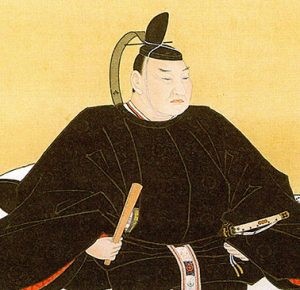
Source: The free encyclopedia "Wikipedia"
from the II Naosuke portrait
The 13th Shogun TOKUGAWA Iesada was sickly and incapable of demonstrating his political skills. Therefore, he said, "In terms of family and personality, there is only Kamon no Kami ,that is Mr. II Naosuke as the head of the post." This is the appearance of Tairou II Naosuke.
On June 4th, 1858, II Naosuke (1815-1860) was appointed Tairou, the Special Principal Elder of the Shogun’s Council. He was forty-three years old.
Tairou II Naosuke was the 15th lord of the Hikone Domain in Oumi Province, and is famous for his strict crackdown called "Ansei Purge" after taking office.
Because he imprisoned and executed YOSHIDA Shoin of the Choshu Domain and HASHIMOTO Sanai of the Echizen Domain, he has often been played as a villain in period dramas.
As an aside, in the NHK samurai historical drama "Seiten wo Tsuke", actor KUSANAGI Tsuyoshi became popular for his excellent performance of the role of TOKUGAWA Yoshinobu, the 15th shogun. It was a good performance that made me think that TOKUGAWA Yoshinobu was such a person. Although he did not receive as much attention as Mr. KUSANAGI, the actor KISHITANI Goro played the role of Tairou II Naosuke well. I feel like he really was that kind of person.
Tairou's decision
II Naosuke, who assumed the position of Tairou, dismissed HOTTA Masayoshi from the post of Roju on July 31st, 1858.
The justification for his dismissal was his failure to obtain the treaty's imperial sanction, but at that time there was a power struggle over the candidate for the next shogun after the 13th shogun TOKUGAWA Iesada. It was a power struggle between the "Kishu faction" who recommended TOKUGAWA Yoshitomi (later the 14th shogun) of Kishu Province and the "Hitotsubashi faction" who recommended HITOTSUBASHI Yoshinobu (later the 15th shogun TOKUGAWA Yoshinobu). It is said that Tairou II Naosuke of the Kishu group defeated HOTTA Masayoshi of the Hitotsubashi group.
Now, the negotiations with Consul General Harris in Shimoda are finally coming to an end. On July 28th, the Cabinet meeting will be held. At the meeting, Tairou II insisted on "signing a treaty after obtaining imperial sanction," but on the other hand, he said to INOUE Kiyonao, Shimoda magistrate and IWASE Tadanari, "If it is unavoidable, we can take no way."
II Naosuke was concerned about the intentions of the emperor and the imperial court, but I think it is a reasonable assessment to say that he had no choice but to make a realistic judgment.
Beginning of Japan's full-scale international trade
In response to the remark by the Tairou at the Shogunate Cabinet meeting, "If it is unavoidable, we can take no way," the next day, July 29th, 1858, the Japan-U.S. Treaty of Amity and Commerce was concluded. This marked the beginning of Japan's full-scale international trade.
8. A great man contributed notably to the opening of Yokohama Port
Opening Yokohama port
The Treaty of Amity and Commerce between the United States and Japan stipulated that the ports of Kanagawa, Nagasaki, Hakodate, Niigata and Hyogo would be opened.
However, Tairo II Naosuke summed up the opinions within the shogunate with a policy of "opening only Yokohama", and unilaterally proceeded with preparations for the opening of Yokohama. Indeed, he forcibly proceeded with his business by accumulating fait accompli.
On the other hand, Harris' insistence remained unchanged and he continued to oppose the opening of the Yokohama port, but foreign merchants who came to Japan built trading houses one after another at the Yokohama port, where large ships could anchor. After receiving this, the representatives of each country eventually moved their consulate generals to Yokohama.
Yokohama Port was opened on July 1st, 1859, and "the Kanagawa Unjosho", the predecessor of the current Yokohama Customs, was established. It is near Nihon Odori Station on the Minatomirai Line. It is undoubtedly installed in Yokohama Port, but it is interesting that Kanagawa was used in the name.
On July 7th, 1859, Harris established a legation at Zenpukuji Temple in Edomoto Azabu and became the first minister. However, in the bargaining between Kanagawa and Yokohama, Tairou II Naosuke was the victor, and Harris's claim was not realized.
I think there are likes and dislikes and pros and cons about the method used by II Naosuke to forcibly establish a fait accompli. However, the point to be noted is that such methods are routine diplomatic means.
What should they have done?
By the way, when I searched the Internet for the Treaty of Amity and Commerce between the United States and Japan, I found the following interesting description.
Naosuke Ii was frightened when he heard information from Harris that "the great British and French fleets that defeated Qing in the Arrow War will come to Japan and press for the conclusion of a trade treaty." Then, without waiting for the imperial sanction of Emperor Komei, who advocated national isolationism, he decided to sign this treaty. In addition to the Sakuradamon Incident two years later, it also served as an impetus for the rise of the movement to revere the Emperor and expel foreigners and the development of intense political strife at the end of the Edo period and the Meiji Restoration.
Source:"KOTO-BANK",Bank of Words
Excerpted from Nippon Encyclopedia "Japan-U.S. Treaty of Amity and Commerce"
When I read this commentary, I think it says that "II Naosuke, who was threatened by Harris, was frightened and decided to sign the treaty without waiting for the emperor's permission." "What should they have done?" I want to ask, but probably no one will answer. I feel that this is one of Japan's recent weaknesses. It's easy to criticize people, but difficult to make the right decisions.
In conclusion
Under the name of Kanagawa Port Opening, II Naosuke realized "Only Yokohama Port", and is truly a great man who contributed notably to the opening of Yokohama Port.
There is a place called "Kamonyama Park" about ten minutes on foot from JR Sakuragicho Station, where a bronze statue of II Naosuke stands and still watches over Yokohama Port. If you have time when you visit Yokohama, I would like to recommend you to visit the park.


Thank you very much for reading to the end!

